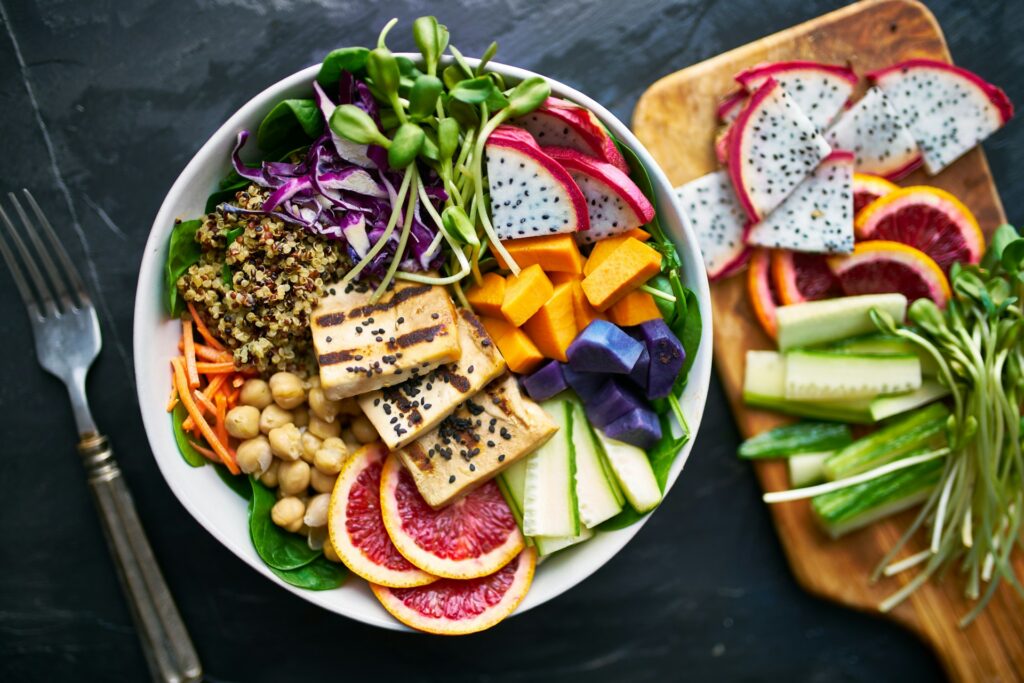Biohacking is changing the way people approach health and fitness. By using science and technology, individuals can optimize their bodies and minds for better performance. Biohacking involves various techniques, like adjusting diet, using modern tools, and practicing specific routines to enhance well-being. This article will dive deeper into how biohacking and nutrition partner up for optimal results, providing practical insights and actionable tips for everyone.
Decoding Biohacking and Its Impact on Wellness
Biohacking involves using science and technology to enhance the body’s performance. The goal is to make small changes that improve health, energy, and fitness. Biohacking can include dietary changes, the use of special equipment, and specific lifestyle choices.
There are several key techniques in biohacking:
1. Nutritional Adjustments: Tailoring your diet to meet specific health goals can lead to better energy levels and overall wellness.
2. Sleep Optimization: Using techniques like sleep tracking and creating a conducive sleep environment to improve rest quality.
3. Exercise Regimens: Personalized workouts that align with your body’s needs and goals.
4. Supplementation: Using vitamins and minerals to fill nutritional gaps, boost performance, or enhance recovery.
5. Mental Focus: Techniques such as meditation and mindfulness to enhance cognitive function and reduce stress.
The Role of Nutrition in Biohacking
Nutrition is a cornerstone of biohacking. By focusing on macro-based diets, you can provide your body with the right balance of proteins, carbohydrates, and fats. This balance supports energy, muscle building, and overall wellness.
Macro-based diets are diets that pay attention to the amount of macronutrients you consume—proteins, carbs, and fats. This type of diet helps in:
1. Muscle Growth: Protein is essential for muscle repair and growth.
2. Energy Levels: Carbohydrates provide quick energy, while fats offer long-lasting fuel.
3. Balanced Nutrition: Ensures you get a variety of nutrients from different food sources.
Carb cycling is another important strategy in biohacking. It involves altering carbohydrate intake to match your body’s needs. On workout days, you consume more carbs to fuel exercise and promote recovery. On rest days, you eat fewer carbs to prevent excess calorie storage. This method can:
1. Improve Energy: Provides the right amount of fuel when you need it most.
2. Enhance Recovery: Helps in muscle repair and reduces fatigue.
3. Aid Weight Management: Balances calorie intake with activity levels to avoid weight gain.
This food-focused approach supports biohacking goals, making it easier to achieve exceptional wellness.
Combining Intermittent Fasting and Biohacking
Intermittent fasting is a popular biohacking method. It involves alternating periods of eating and fasting. This approach can improve metabolism, enhance brain function, and support weight loss. By giving your body a break from constant digestion, intermittent fasting promotes cellular repair and longevity.
Benefits of Intermittent Fasting
1. Improved Metabolism: Fasting can boost metabolism, helping you burn calories more efficiently.
2. Better Brain Health: Fasting stimulates brain-derived neurotrophic factor (BDNF), which can enhance brain function and memory.
3. Weight Loss: By limiting eating windows, it’s easier to control calorie intake and shed excess fat.
Here’s a simple guide for beginners to get started with intermittent fasting
– 16/8 Method: Fast for 16 hours, then eat all meals within an 8-hour window. For example, eat from noon to 8 p.m. and fast from 8 p.m. to noon the next day.
– 5:2 Method: Eat normally for five days a week and reduce calorie intake to about 500-600 calories for the remaining two days.
– Alternate-Day Fasting: Fast every other day and eat normally on non-fasting days.
Start with a method that feels manageable and gradually increase fasting periods as your body adapts. Always stay hydrated and listen to your body’s signals.
Advanced Recovery with Biohacking Tools
Biohacking goes beyond diet and fasting. Advanced tools like red light therapy, compression gear, and massage help enhance recovery and performance. These tools work by reducing inflammation, improving circulation, and promoting muscle repair.
Red Light Therapy: This tool uses low-level red light to penetrate the skin and promote healing. Benefits include reduced muscle soreness, faster injury recovery, and improved skin health.
Compression Gear: Wearing compression garments helps improve blood flow and reduce swelling. Athletes often use compression gear to speed up recovery after intense workouts.
Massage Therapy: Regular massages can reduce muscle tension, improve flexibility, and promote relaxation. Various techniques like deep tissue massage or foam rolling target specific muscle groups for optimal recovery.
These biohacking tools work best when combined with proper nutrition and hydration. For example, using red light therapy after a workout can enhance the benefits of a protein-rich meal.
Compression gear can be worn after carb cycling to maximize recovery. Together, these strategies create a holistic approach to fitness and wellness.
Conclusion
Biohacking and nutrition form a powerful partnership for achieving exceptional wellness. Every step taken towards biohacking brings you closer to peak physical and mental health. Whether you are an athlete or someone looking to improve daily well-being, these strategies provide practical pathways to success.
Elevate your wellness journey by integrating biohacking techniques and nutritional strategies at KalQlate Science Wellness and Fitness. Our nutrition coach in Hendersonville, TN, is dedicated to helping you achieve your health and fitness goals. Contact us today to learn more!



